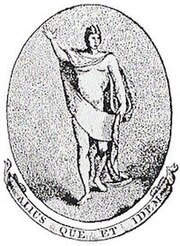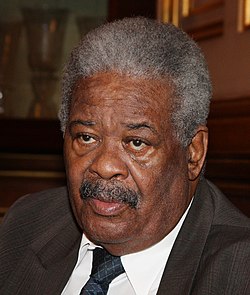University of Oxford
Membership of the lodge is restricted to those who have matriculated as members of the University of Oxford. The Lodge's historic records, from its foundation until 2005, are housed in the university's Bodleian Library. [2] The lodge is primarily a part of university social life, but is also involved in other areas of university life through projects such as the Apollo Bursary, administered by the university, through which lodge members provide financial support to certain students. [3]
Due to its association with the university it has had famous members such as Cecil Rhodes, Oscar Wilde, and Albert Edward, Prince of Wales. [4]
To celebrate the bicentenary of the Lodge in 2019, a comprehensive history book was written. [5] It was published in February 2019 by the Bodleian Library, Oxford. [6] Entitled "Oxford Freemasons: A Social History of the Apollo University Lodge", the book is co-authored by Professor J. Mordaunt Crook, an architectural historian, former Slade Professor and Waynflete Lecturer at the University of Oxford, and former Public Orator and Professor of Architectural History at the University of London (who is not a Freemason), and Dr James Daniel, a Fellow of the Royal Historical Society, who has been a member of the Lodge for over fifty years, and is also a former Grand Secretary (chief executive) of the United Grand Lodge of England.
Character
The Lodge (together with the parallel Isaac Newton University Lodge in Cambridge University) has traditionally enjoyed certain privileges, including the right to initiate matriculated members of the university regardless of their age (other Lodges in England and Wales are restricted to candidates aged 21 or older, except by special permission), and the right to initiate candidates in large groups (other lodges are restricted to a maximum of two candidates at a time, except by special permission). In 2005 the Universities Scheme was established, inspired by the long success of Apollo University Lodge and Isaac Newton University Lodge, [7] and now brings similar privileges to more than eighty university masonic lodges in universities across England and Wales.
This page is based on this
Wikipedia article Text is available under the
CC BY-SA 4.0 license; additional terms may apply.
Images, videos and audio are available under their respective licenses.























